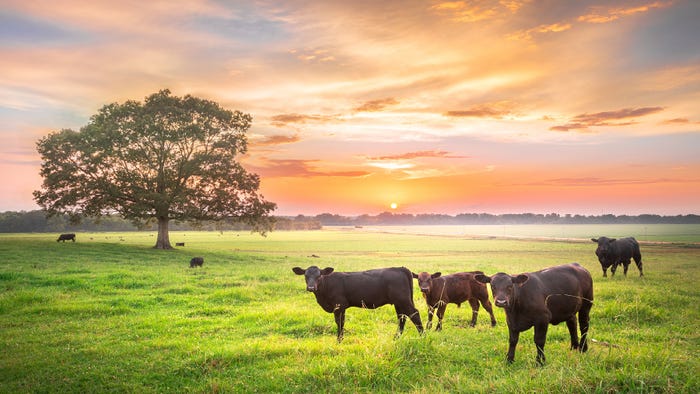thumbnail
Farming Business Management
Berg + Schmidt strengthens animal nutrition segment, unveils new brandingBerg + Schmidt strengthens animal nutrition segment, unveils new branding
Berg + Schmidt has split the company into the self-reliant divisions of Animal Nutrition, Care Ingredients and Performance Chemicals.
Subscribe to Our Newsletters
National Hog Farmer is the source for hog production, management and market news










.jpg?width=300&auto=webp&quality=80&disable=upscale)



























